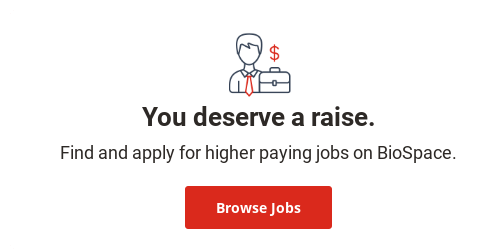Cover Letter Power is in the Specifics
These days, resumes are expected to be tailored to some degree to each job a job seeker applies for. However, the nature of resumes makes extensive customization difficult. This is where the cover letter comes in. At one time, many job seekers simply mass-produced the same letter to all the companies for which they were interested in working. The cover letter, however, has always been intended to provide the specific focus a resume can’t. A cover letter cannot be a canned or generic form letter; it needs to be specific in every way. Otherwise, it’s a pointless document.
Among the many ways you should make each cover letter quite specific are:
Specific Recipient: A cover letter should be addressed to the specific name of the recipient if possible. Avoid addressing your letter to “Dear Human Resources Director,” “To Whom It May Concern,” “Dear Sir or Madam” (or worse, “Dear Sirs”) instead of a named individual. Employers have been known to toss cover letters if they are not addressed to them personally. “To Whom It May Concern” shows the employer that you were not concerned enough to find out the name of the person with the hiring power. It is not easy to find a specific name to write to, but sometimes it’s as simple as picking up the phone and asking someone in the employer’s organization the name of the hiring manager.
Specific Position: An effective cover letter must target a specific position, which should be mentioned in the first paragraph. If you’re responding to a job posting, it’s easy to target your letter to a specific job. Tying your verbiage to the specifics of a job posting will show that you “get it;” you understand what the job requires. But if you’re making cold contacts to employers, you’ll have to do some research to find out what positions that the company offers fit your qualifications. Don’t list several possible positions or say that you’re willing to consider any position unless you want the employer to see you as unfocused or even desperate.
Example: My experience and skills align well with the requirements you’ve listed for this Development Associate Scientist position. With great efficiency and results, I can test multiple variables, identify and correct root cause problems, troubleshoot experiments and procedures, take corrective action, and much more.
Specific Skills/Qualifications: It’s perfectly okay if some parts of your letter are the same from cover letter to cover letter. But be specific when describing your skills and qualifications. Determine the skills and experiences that specifically qualify you for the job you’re applying for, and describe those in your letter.

Example: My lab training and background include molecular diagnosis, including DNA/RNA isolation and purification from prokaryotes, as well as various PCR and RT-PCR, DNA sequencing, quantitative RT-PCR, Northern, Southern, and Western hybridization and restriction analysis, along with solid skills with various lab techniques.
Specific Examples: Whenever possible, don’t just offer unsubstantiated value judgments about yourself; use concrete examples to demonstrate your claims about yourself.
Example: My research is directly applicable to the production of pharmaceuticals, as well as germane to identifying the key factors of secretion. In the process, I have developed advanced molecular biological lab skills and have applied my engineering expertise to the project.
Specific company knowledge: Demonstrating knowledge of the employer to which you are writing is not a mandatory part of a cover letter, but it’s a great touch that will often win favor in the eye of the employer.
Specific benefit to employer: Jeffrey Gunhus writes in his book, No Parachute Required, “The purpose of a cover letter is to explain how you (the candidate) will benefit me (the company).” Your letter should tell very specifically how you will meet the employer’s needs, solve the employer’s problems, or otherwise benefit the hiring company.
Example: You seek a bioinformatics professional with a practical customer focus and experience in interacting with customers to determine requirements and satisfaction. My most recent bioinformatics position at Verbatim Genetics required me to interact with 150 scientists – our internal customers – understand their needs, and develop customer software in-house or acquire the necessary tools. I interacted with scientists and oversaw the collection of specifications from them.
Specific request for action and specific description of your planned follow- up action: Don’t be vague about your desire to be interviewed. Come right out and ask for an interview. Then, take your specific action a step further and tell the recipient that you will contact him or her within a specified period to arrange an interview appointment. Obviously, if you say you will follow up, you have to do so. If you take this proactive approach and follow up, you will be much more likely to get interviews than if you did not follow up. This follow-up aspect is another good reason to obtain the specific name of the hiring manager. Here’s a sample closing paragraph requesting specific action and describing the writer’s planned follow-up.
Example: I would like to be considered for a pharma sales position in which someone of my background could make a contribution. I will contact you next week to arrange for an interview. Should you require any additional information, please contact me at the phone numbers listed above.
